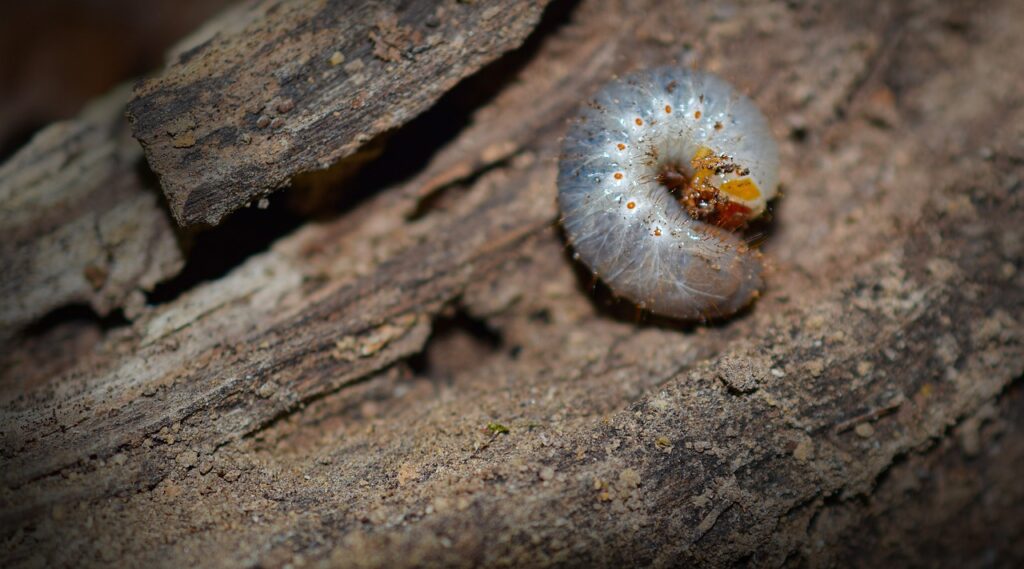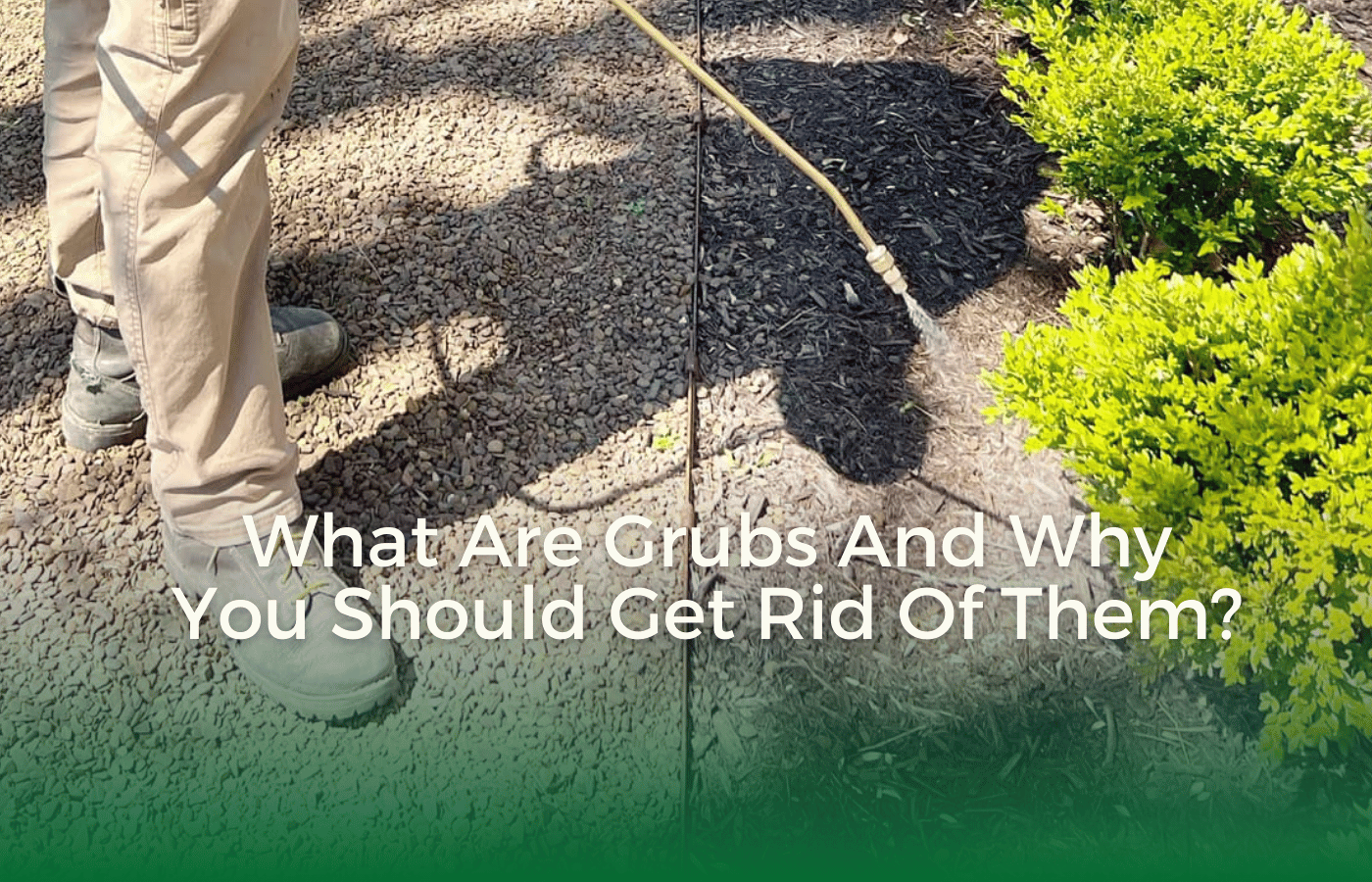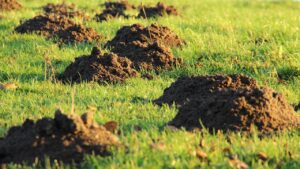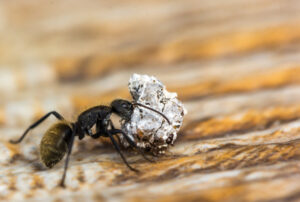Grubs are small, creamy-white C-shaped white larvae that spend their lives in the ground. They do not appear to be dangerous, yet they can cause great destruction to your garden and even your lawn. These pests damage your lawn by sucking on the roots of the grass. This makes many areas of your lawn turn brown. If grubs exist, moles and other raccoons may be digging portions of your lawn looking for these tasty items. Knowing what grubs are and how to deal with them will help keep that outdoor area beautiful and healthy.

Understanding Grubs and Their Impact
What Are Grubs?
There are many different types of beetles, including European chafers, June bugs, and Japanese beetles, and their larvae are known as grubs. They feed on organic matter, especially grass roots, and live underground at this stage. Grubs can seriously damage your lawn because they pull out the roots, weaken the grass, and leave unsightly patches. This can severely affect the overall health of your lawn by making it more susceptible to disease and drought.
Signs of Grub Infestation
A lawn infested with grubs will frequently exhibit a number of warning indicators. Uneven brown spots that don’t react to fertilizer or watering are the most obvious. As animals like raccoons and birds scavenge your grass in search of grubs to eat, you may also notice an increase in animal activity. You may check for grub damage by removing a portion of your grass. You most certainly have an infestation if it comes off easily, and you notice multiple C-shaped grubs in the soil.
Why You Should Get Rid of Grubs
Protecting Your Lawn’s Health
Eliminating grubs makes your lawn healthy and nice. Grass-eating grubs cause patches of dead, brown color as they disrupt the ability of the plant to take in water and nutrients. Apart from being good-looking, healthy grasses help with soil erosion and serve as a natural abode for other useful insects. Maintaining the control of grubs is required for having a healthy and strong lawn.
Preventing Further Pest Problems
Grubs can draw other pests like moles and skunks, which can further harm your plants. These animals tear up the grass and create holes in your yard as they forage for grubs. By getting rid of grubs, you lessen the chance that these secondary pests can damage your lawn further.
Effective Grub Control Methods
Natural and Chemical Solutions
There are a number of strategies for managing grubs, from chemical treatments to natural ways. Natural remedies include the use of milky spore disease, a bacterium that selectively attacks Japanese beetle larvae, or the introduction of helpful nematodes, which are microscopic worms that naturally kill grubs. Additionally, chemical therapies are available and, when used appropriately, can be beneficial. Speaking with a grub control expert can assist you in selecting the approach that will work best for your particular circumstance.
Essential Insights for Managing Grub Infestations in Your Lawn and Garden
Despite their small size, grubs can significantly affect the condition of your garden and lawn. You may prevent more harm to your lawn by identifying the symptoms of a grub infestation and taking action to control it. You can take preventative measures to safeguard your outside area by being aware of what grubs are and why they are bad for you. Controlling grubs is crucial for a lush, healthy lawn, regardless of whether you opt for chemical treatments or natural solutions.
Don’t let grubs ruin your beautiful lawn! Contact Allen Pest Management today to explore our expert grub control solutions. Protect your outdoor space with the help of our dedicated professionals. Act now for a healthier, greener lawn tomorrow!







